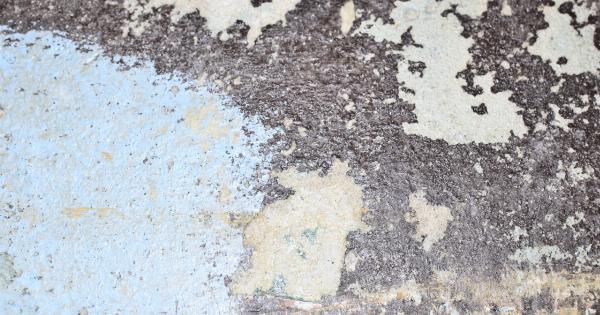Parents of newborn babies often have many concerns, one of which is the color of their baby’s stool. Baby’s stool color can give parents a clue about their baby’s health, digestion, and diet.
A change in stool color can indicate an illness, an allergy, or other medical conditions, so it’s important to pay attention to it.
Meconium Stool
Meconium stool is the first stool of a newborn baby within the first 24-48 hours after birth. It is usually dark green or black, and it may be sticky and odorous.
This stool is a mixture of amniotic fluid, skin cells, and mucus ingested by the baby while in the uterus. Meconium stool is normal and healthy for a newborn baby.
Transitional Stool
Transitional stool is the stool that follows meconium stool and occurs during the first week of life. The stool color usually lightens to a greenish-yellow, and its consistency becomes softer and more seedy.
This type of stool is also normal and healthy for a newborn baby.
Breastfed Baby’s Stool
The stool of a breastfed baby is usually yellow or golden yellow, loose, and seedy. This type of stool is usually normal and healthy for a breastfed baby.
The yellow color is due to the presence of bilirubin, which is a yellowish pigment that is produced when red blood cells break down. If the stool of a breastfed baby is very runny and watery, it may mean that the baby is getting too much foremilk, which is the milk that is produced at the beginning of a feeding and is lower in fat.
Formula-fed Baby’s Stool
The stool of a formula-fed baby is usually firmer and darker than that of a breastfed baby. The color may range from tan to yellowish-green to brown. The consistency may be pasty or formed like peanut butter.
This type of stool is usually normal and healthy for a formula-fed baby.
Red or Bloody Stool
If you notice red or bloody stool, it’s important to contact your pediatrician right away. This type of stool may indicate an infection, inflammation, or food allergy.
In some cases, it may be due to swallowing blood from a cracked nipple or a small amount of blood in the baby’s stool may be normal during the first week of life.
White or Gray Stool
If you notice white or gray stool, it may indicate a problem with the baby’s liver or bile ducts. It’s important to contact your pediatrician right away.
Green Stool
If your baby’s stool is green, it may be due to a diet that is high in green vegetables or iron-fortified formula. In some cases, it may be due to an infection or antibiotic use.
If your baby’s stool is green and frothy, it may indicate that the baby is getting too much hindmilk, which is the milk that is produced at the end of a feeding and is higher in fat.
Yellow or Tan Stool
A yellow or tan stool may indicate that the baby is not getting enough milk or that the milk is too low in fat. It may also indicate a condition called celiac disease, which is a sensitivity to gluten.
If your baby has persistent yellow or tan stool, it’s important to contact your pediatrician.
Black Stool
Black stool in an older baby may indicate that the baby is eating too many iron-rich foods or taking iron supplements. Black stool in a newborn may indicate meconium ileus, a serious condition that requires medical attention.
Conclusion
Stool color can tell you a lot about your baby’s health, digestion, and diet. It’s important to pay attention to the color of your baby’s stool and contact your pediatrician if you notice any unusual or persistent changes in color or consistency.
Remember that most stool colors are normal and healthy, but it’s always better to be safe than sorry.






























